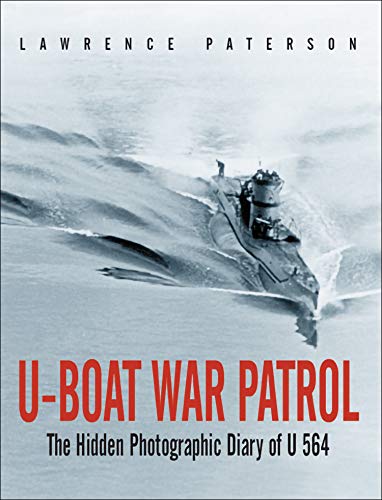
Grey Wolves
by Philip Kaplan
"The U-Boat War 1939?1945"
Popularity
3.37 / 5
* A book's popularity is determined by how it compares to all other books on this website.
Where to buy?
Buy from Amazon* If you buy this book through the link above, we may receive a small commission at no extra cost to you.
Grey Wolves by Philip Kaplan
Details
War:
World War II
Perspective:
Submarines
Military Unit:
Kriegsmarine
True Story:
Yes
Biography:
No
Region:
Europe
Page Count:
240
Published Date:
2014
ISBN13:
9781628737271
Description
Brief Summary
"Grey Wolves" by Philip Kaplan provides a compelling and harrowing account of life aboard German U-boats during World War II. Through a diverse range of sources, including letters, diaries, and memoirs, Kaplan vividly brings to life the experiences of the Ubootwaffe, the elite force of German submariners. The book delves into the perilous journeys undertaken by these men as they sought to disrupt Britain's transatlantic lifeline, facing dire conditions and immense danger beneath the Atlantic's surface.
Main Themes and Topics
The book focuses on several key themes, most notably camaraderie, survival, and the psychological and physical toll of warfare. Kaplan illuminates the unique brotherhood formed among U-boat crew members, who relied on each other amidst the claustrophobic and nearly unbearable conditions on board. The narrative explores the risks and relentless challenges faced by these sailors, highlighting the critical role they played in the underwater battle tactics of World War II.
Writing Style and Tone
Philip Kaplan employs a writing style that is both vivid and brutally realistic. His narrative effectively captures the intense atmosphere and emotional depth of the U-boat experience. By combining a variety of personal accounts with descriptive prose, Kaplan succeeds in immersing readers in the world of the German submariners. His detailed portrayal of life on a U-boat conveys both the dramatic and mundane aspects of naval warfare.
Criticism
One area of criticism for "Grey Wolves" might be its intense focus on the German perspective without equal emphasis on the broader strategic implications and perspectives of the Allies. While the book excels in its detailed depiction of U-boat crews, some readers may find it lacking in a more comprehensive view of the naval battles from both sides of the conflict.









